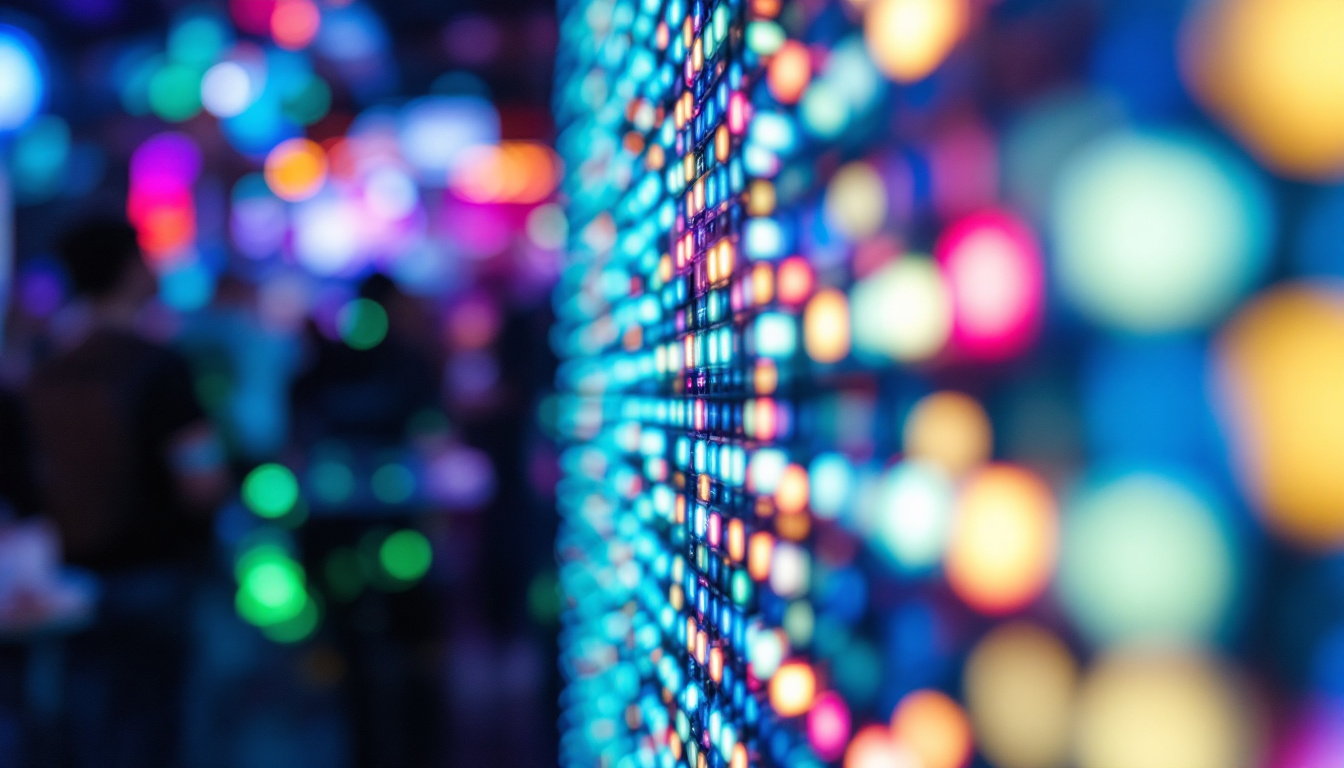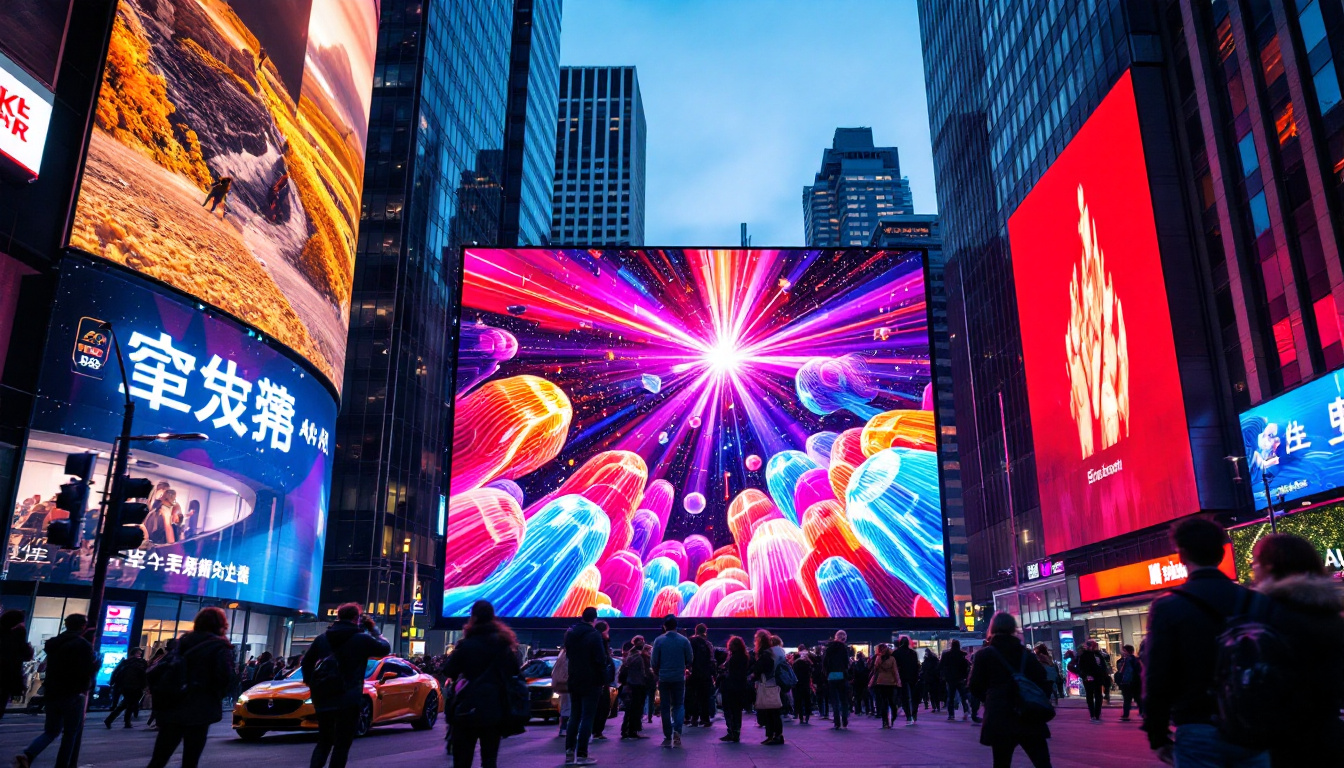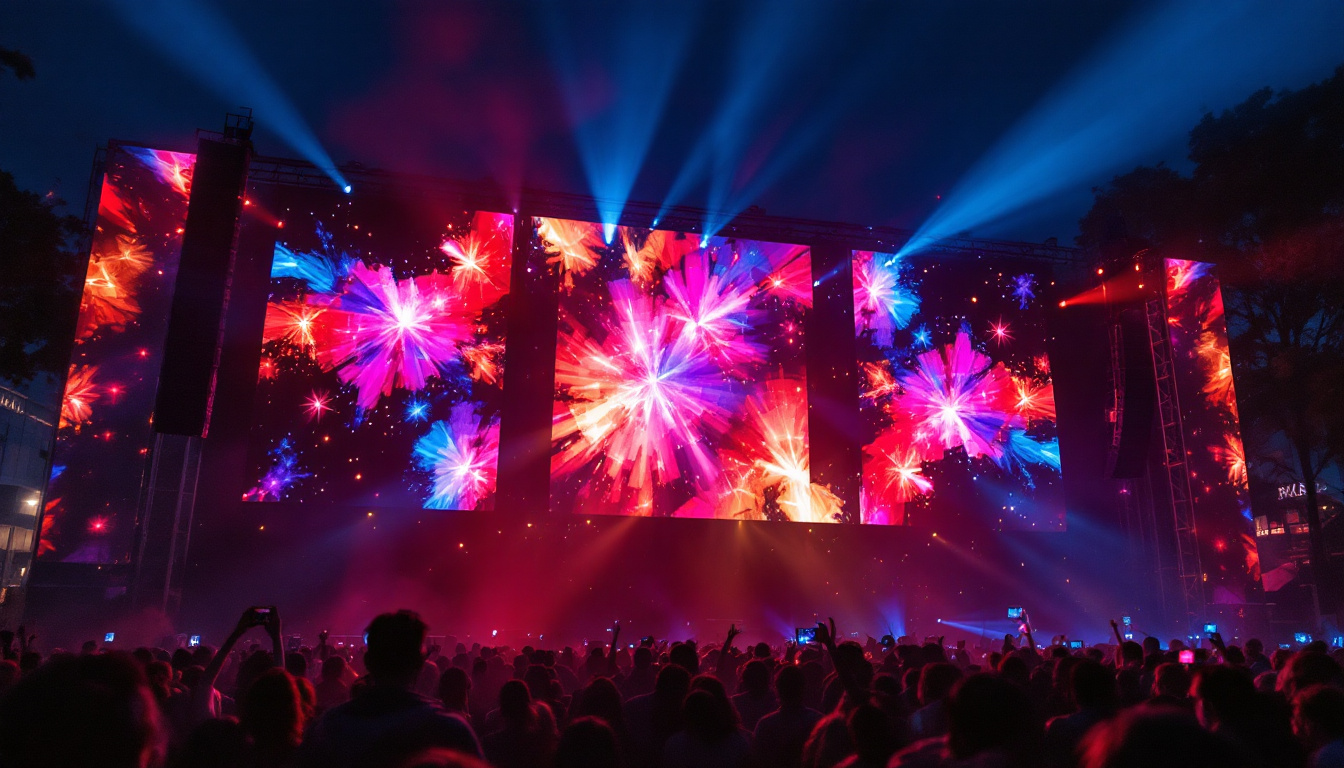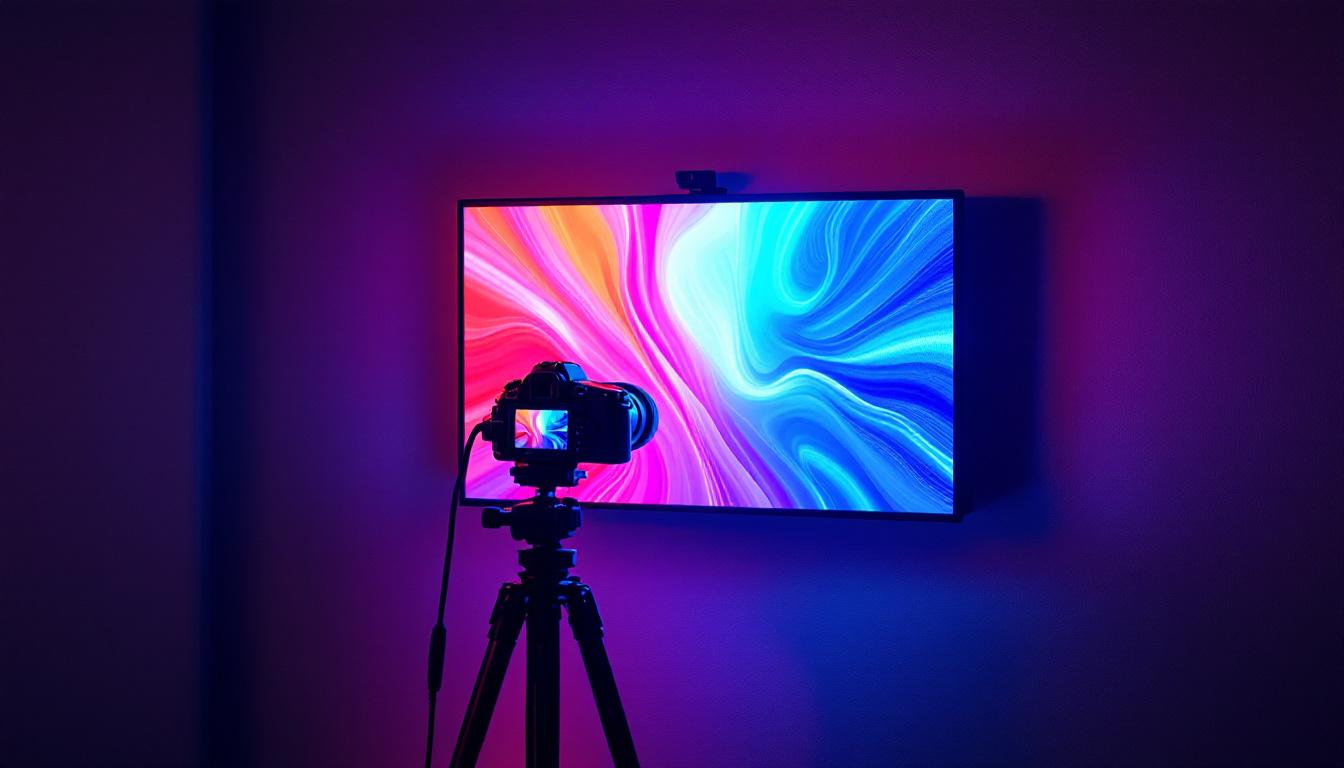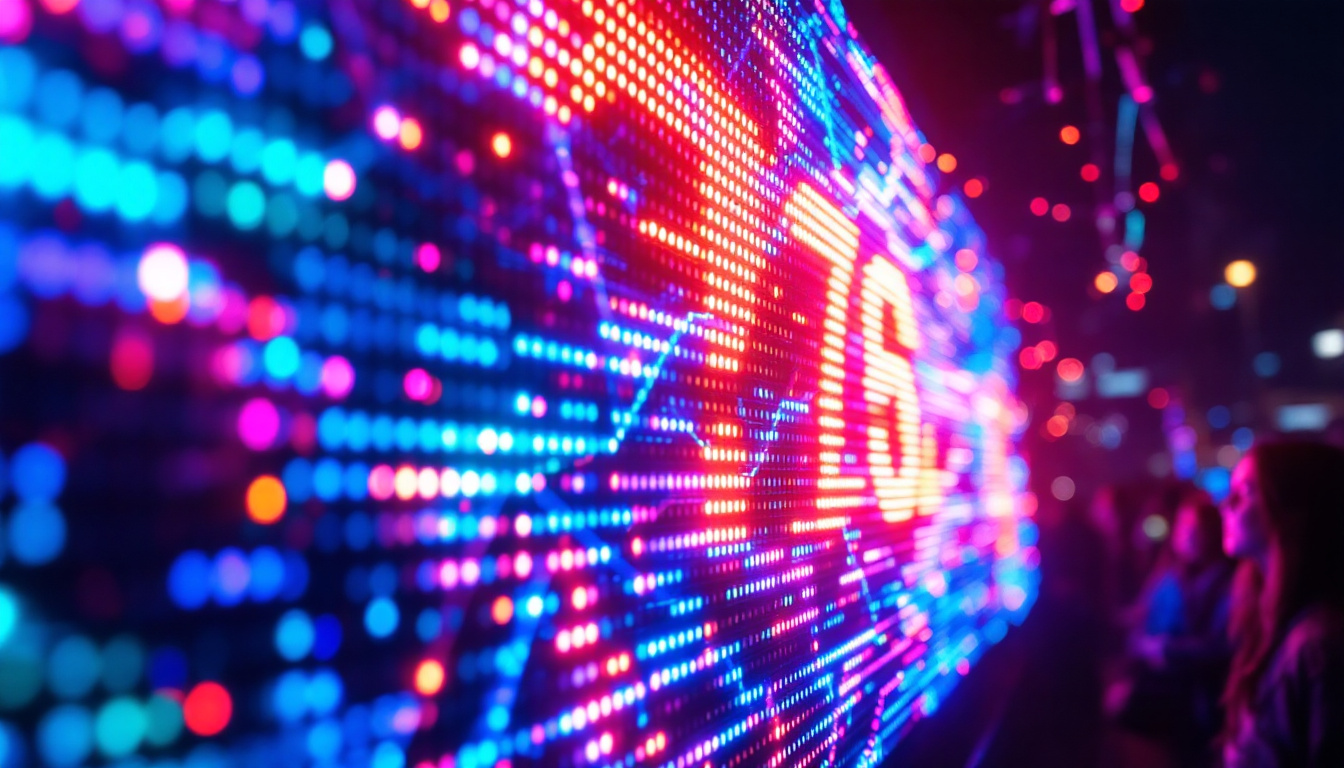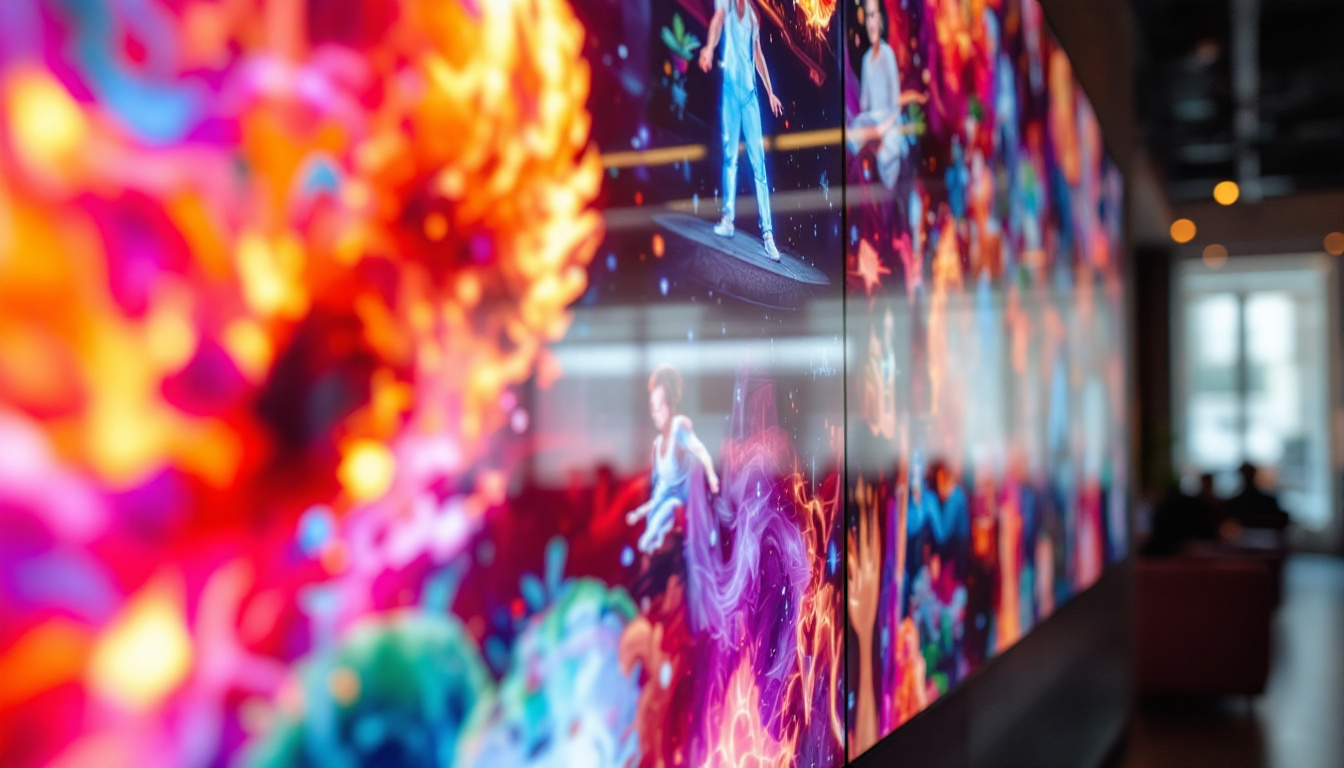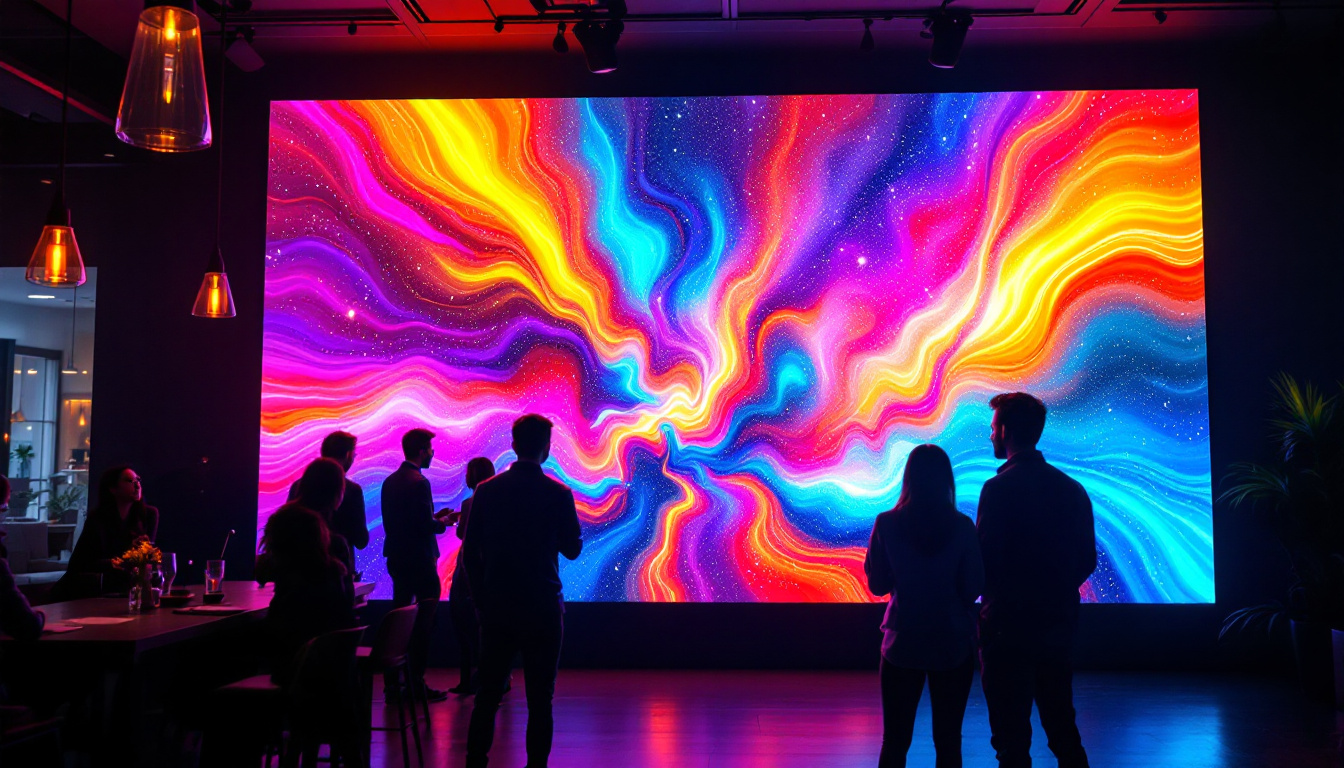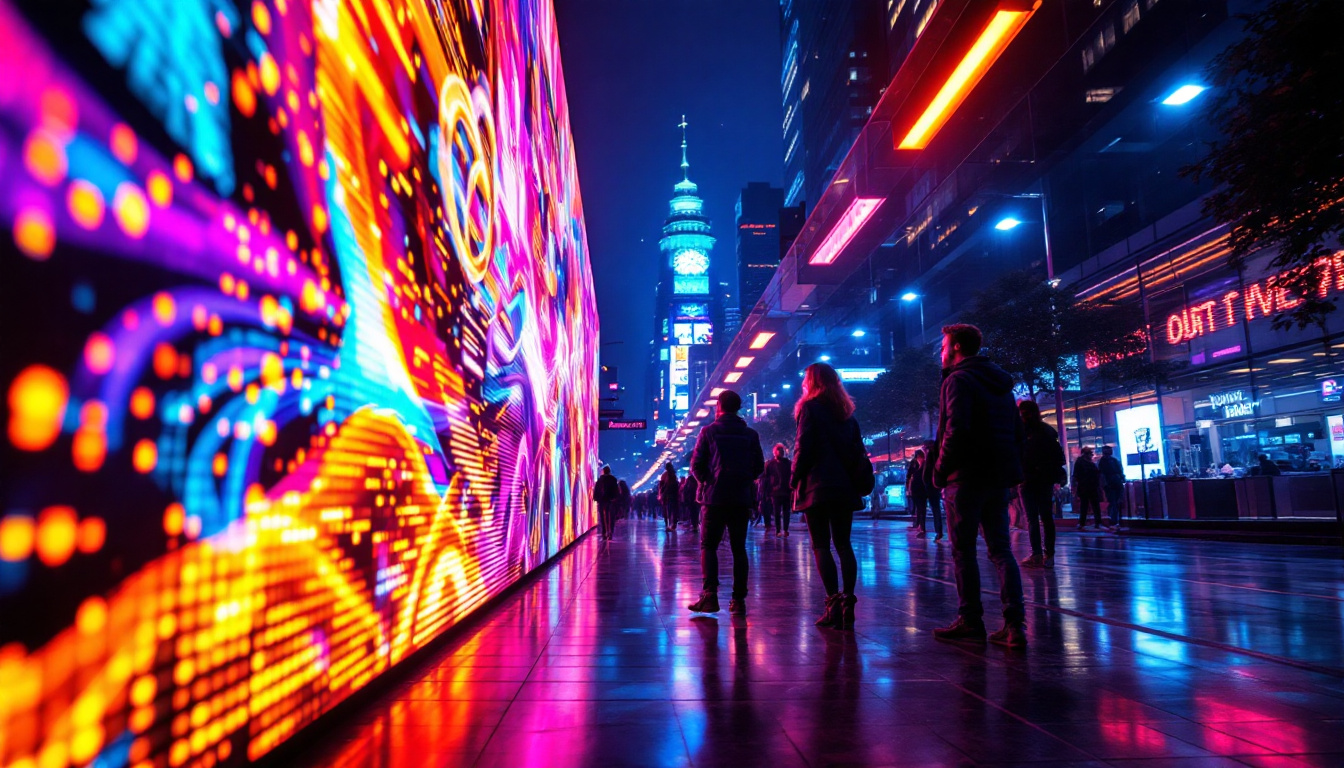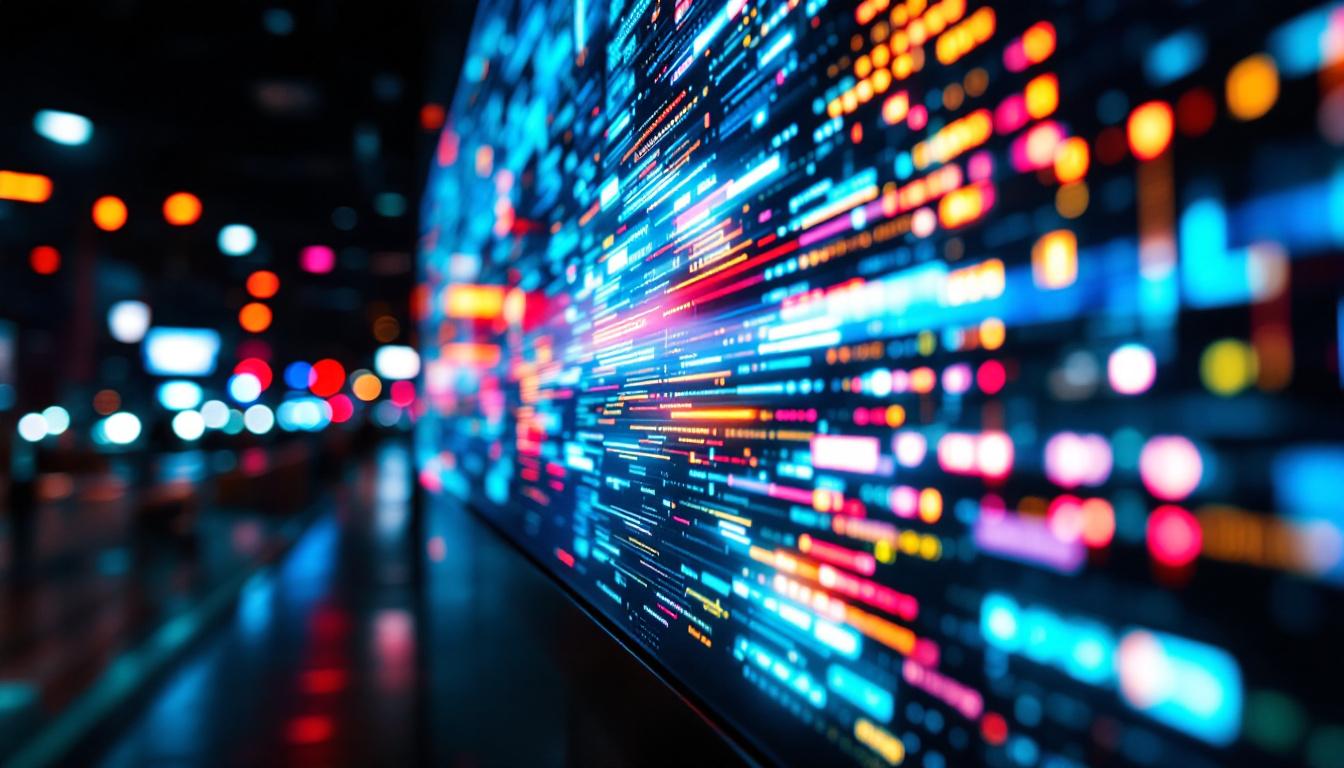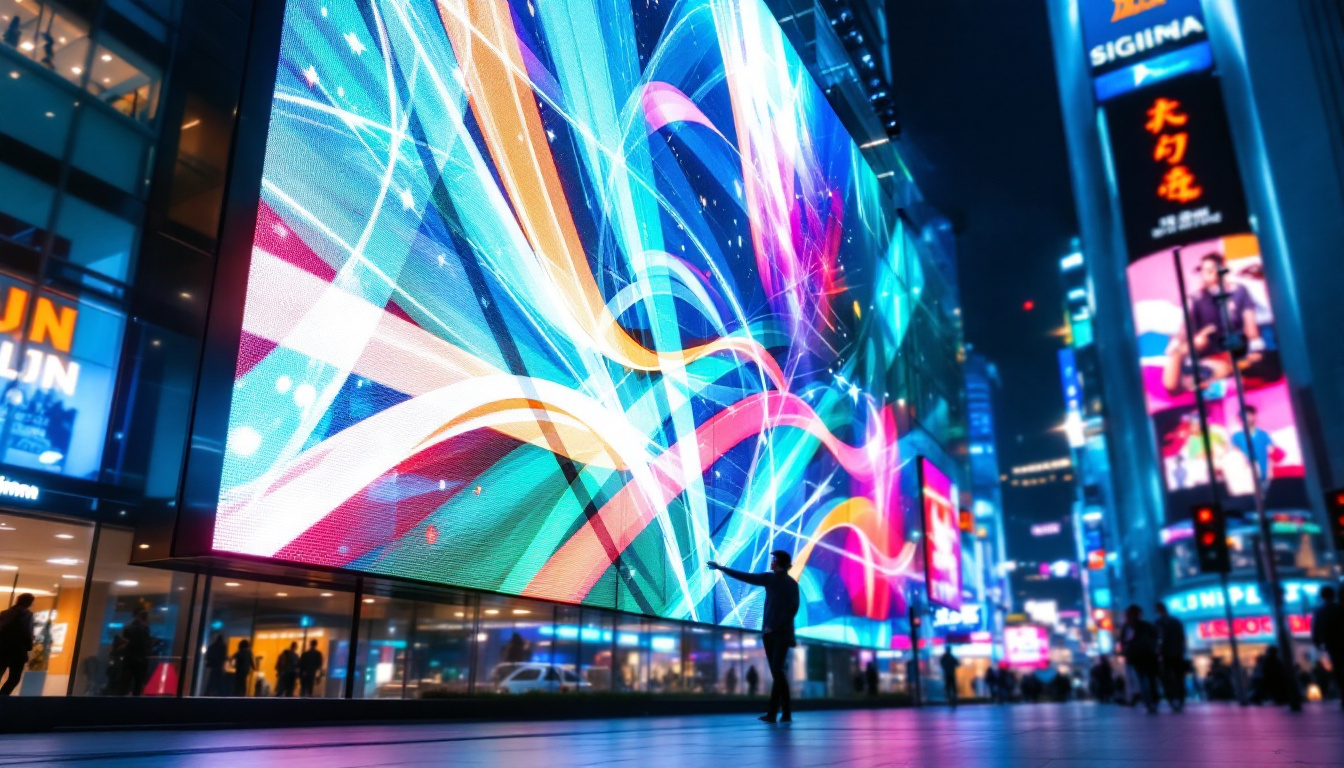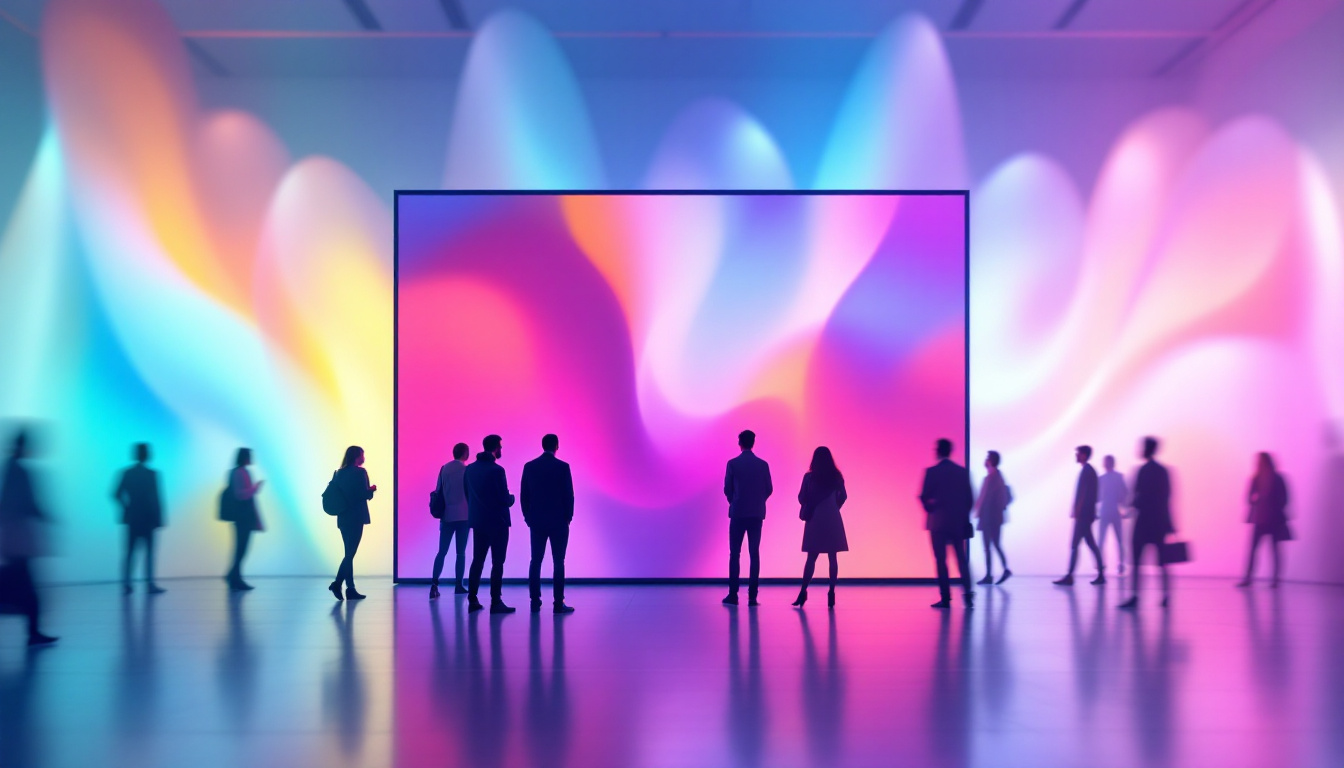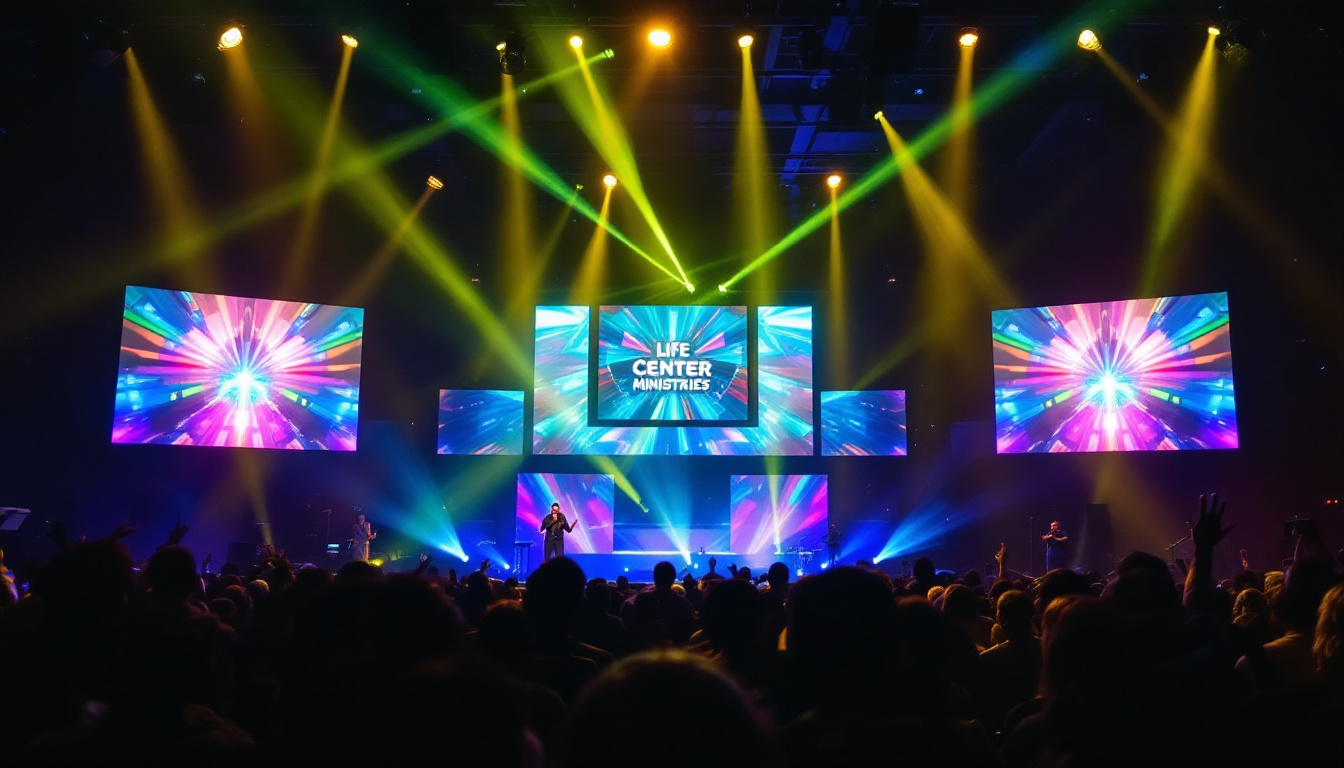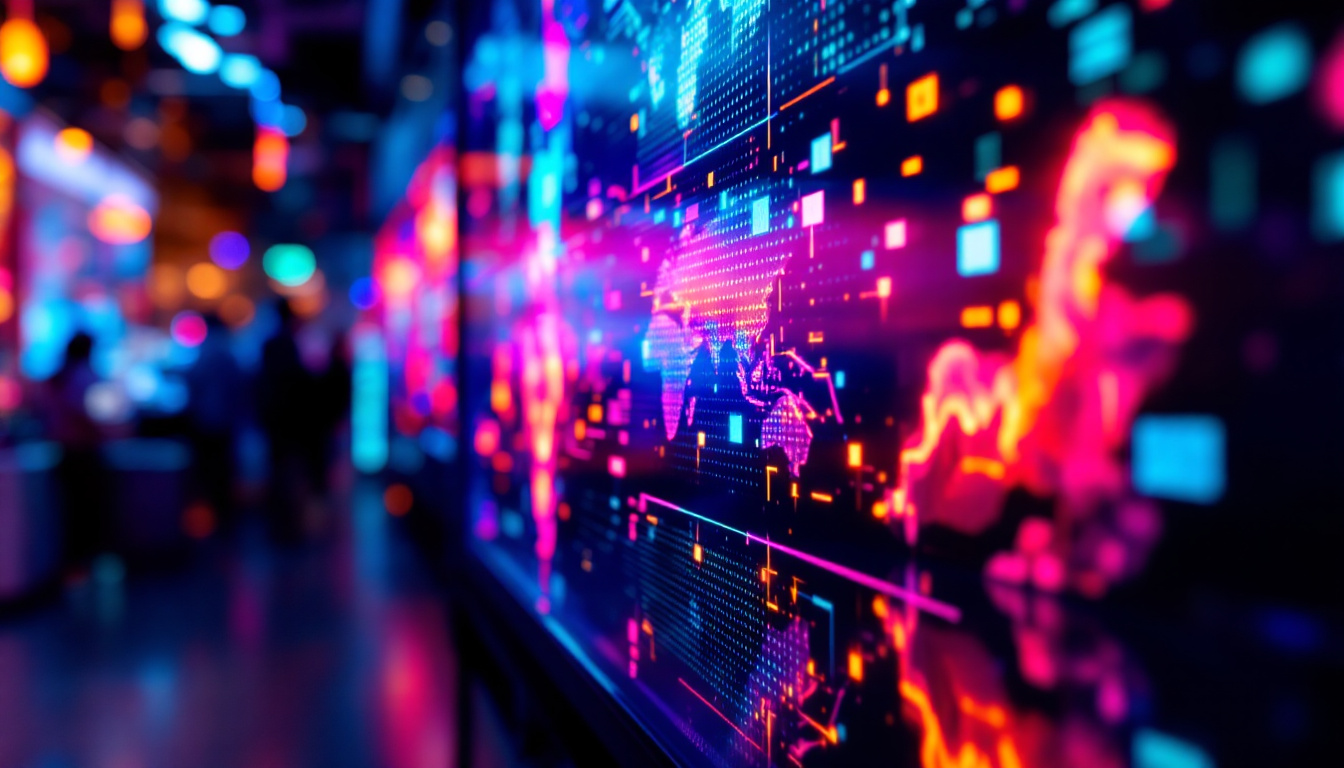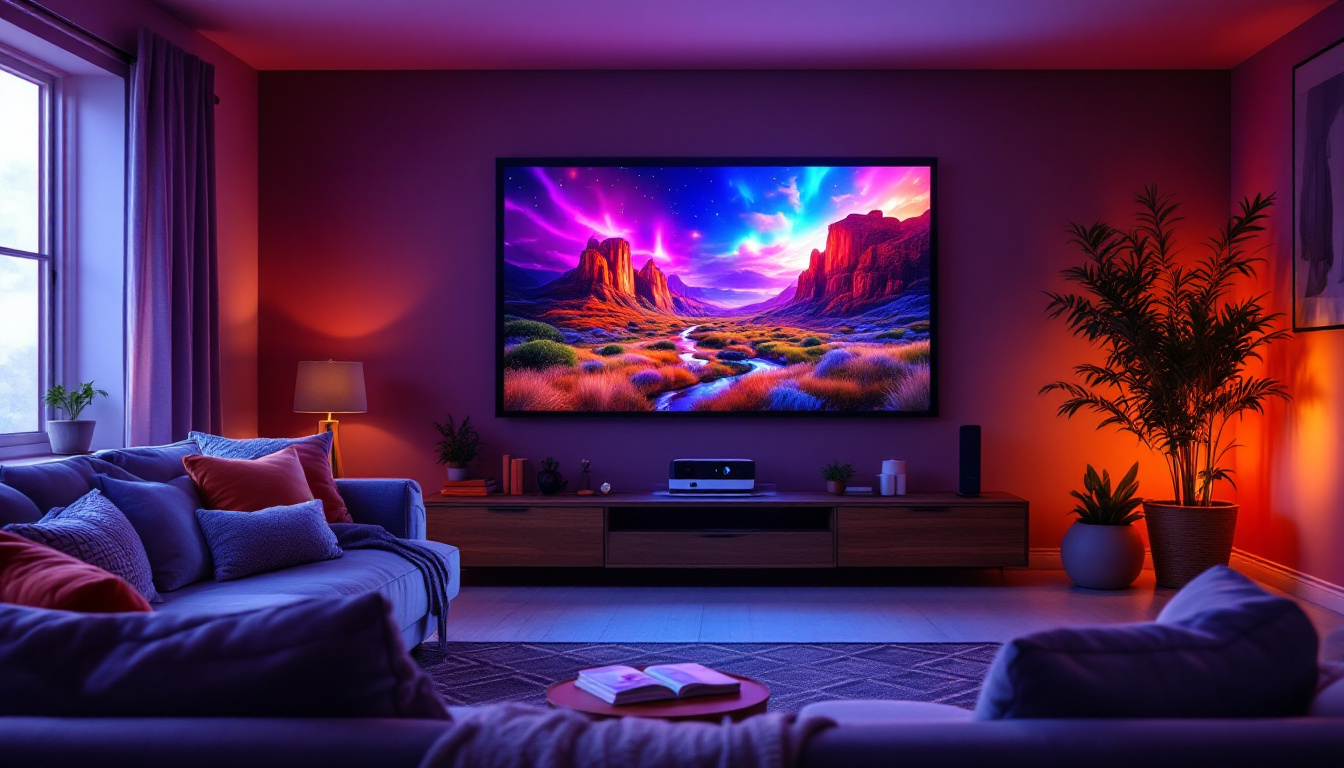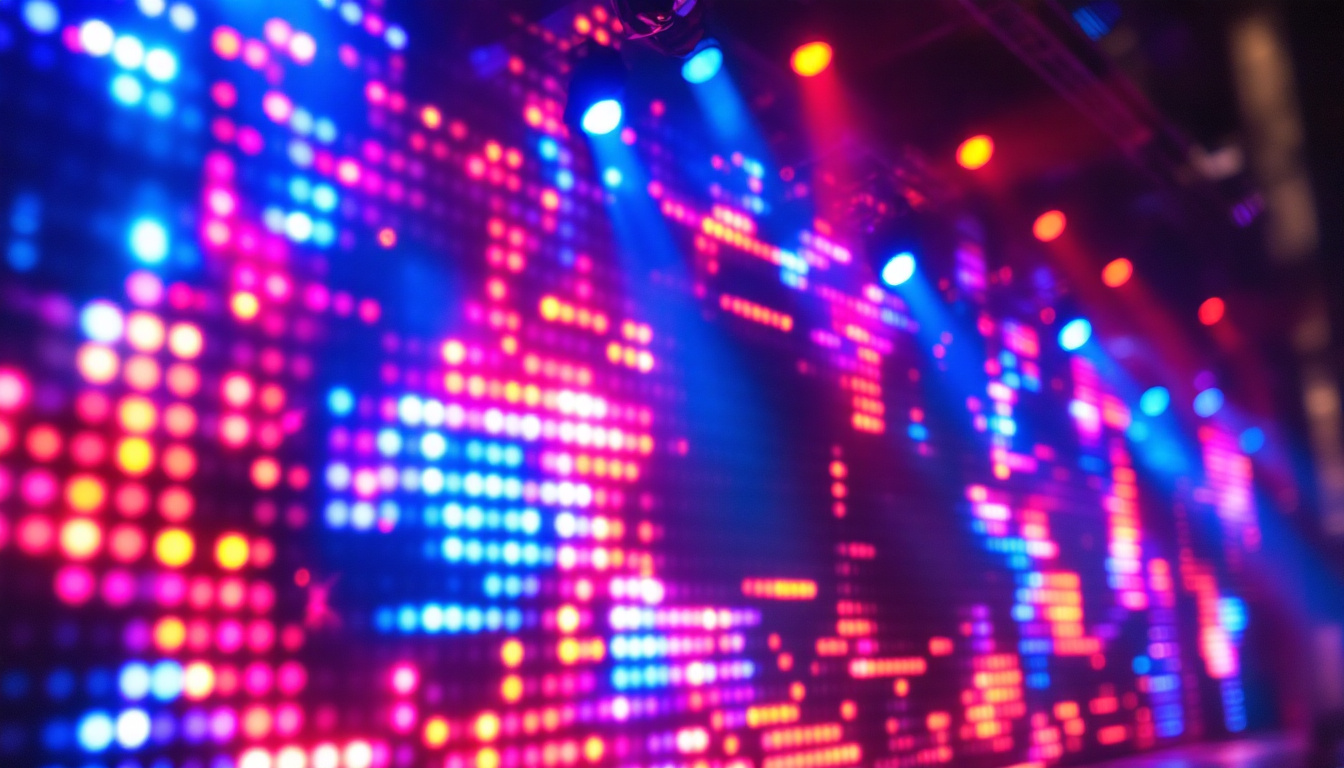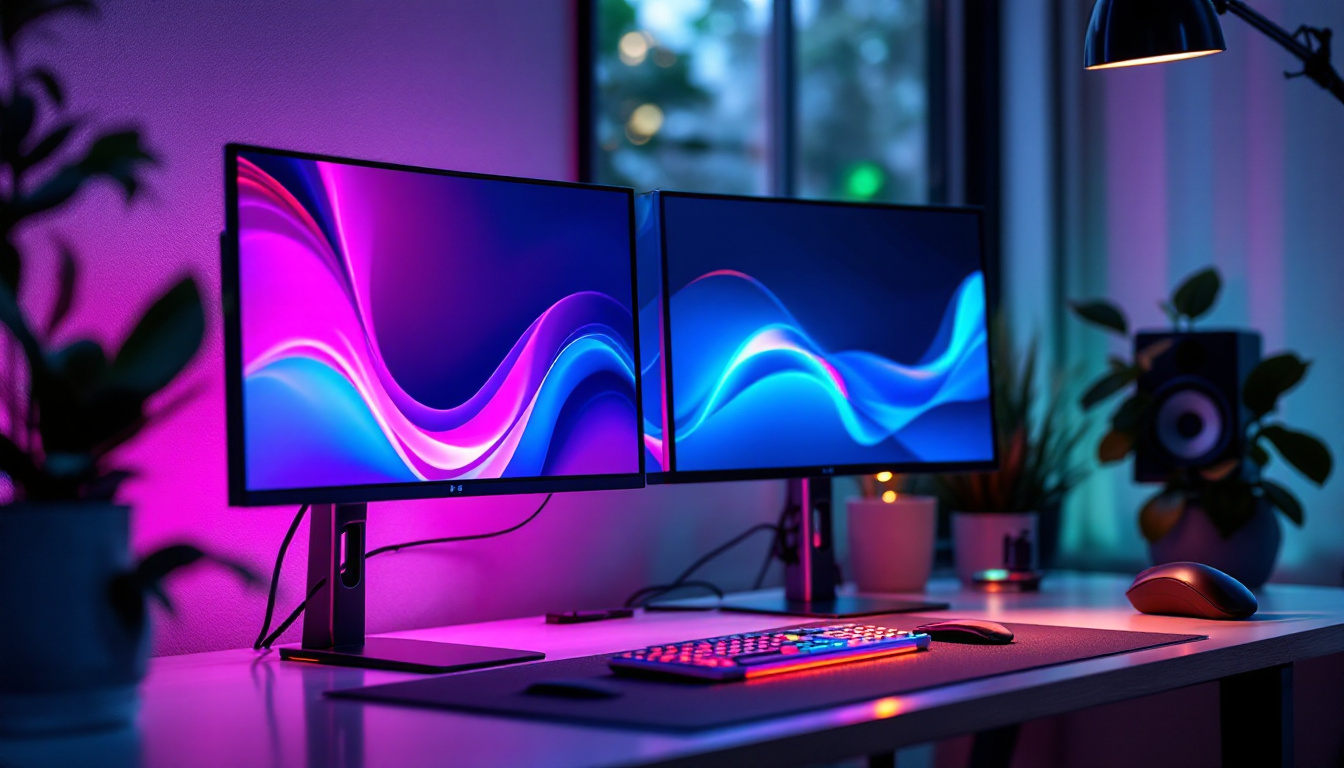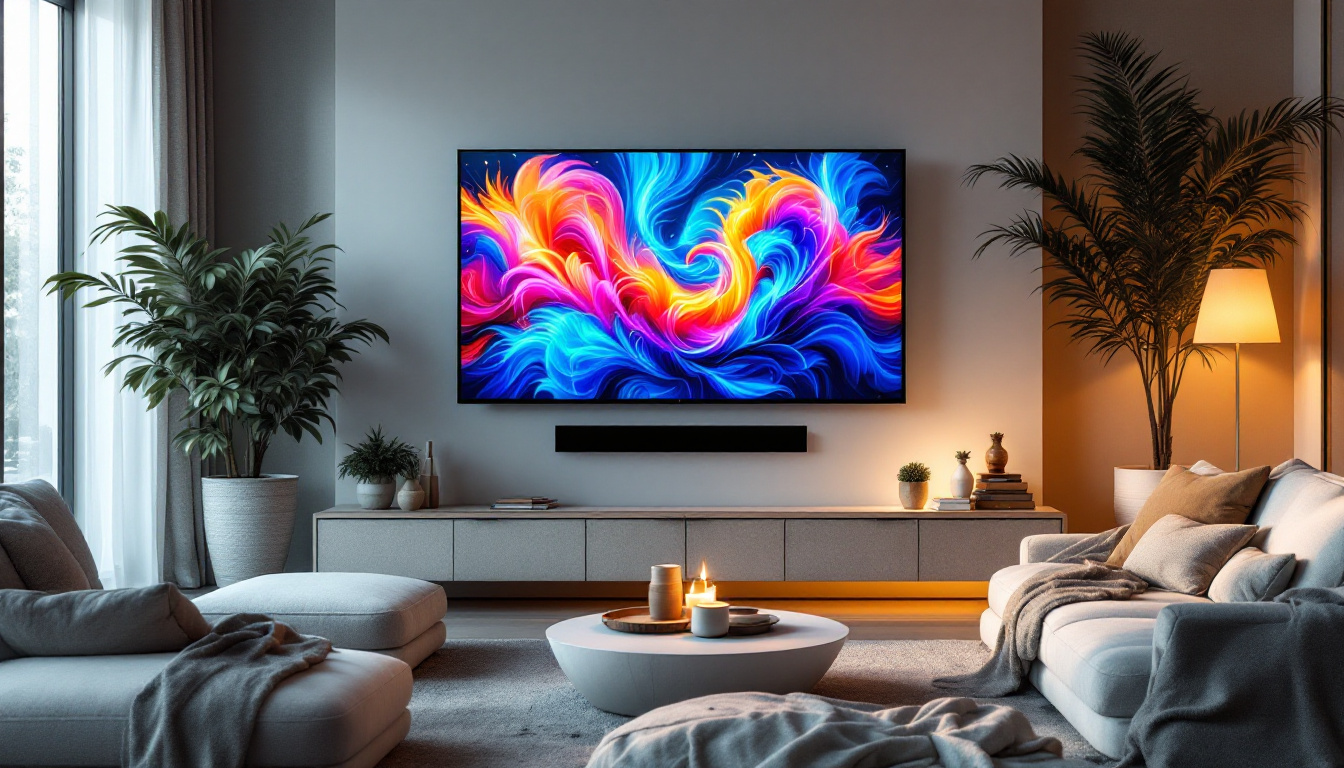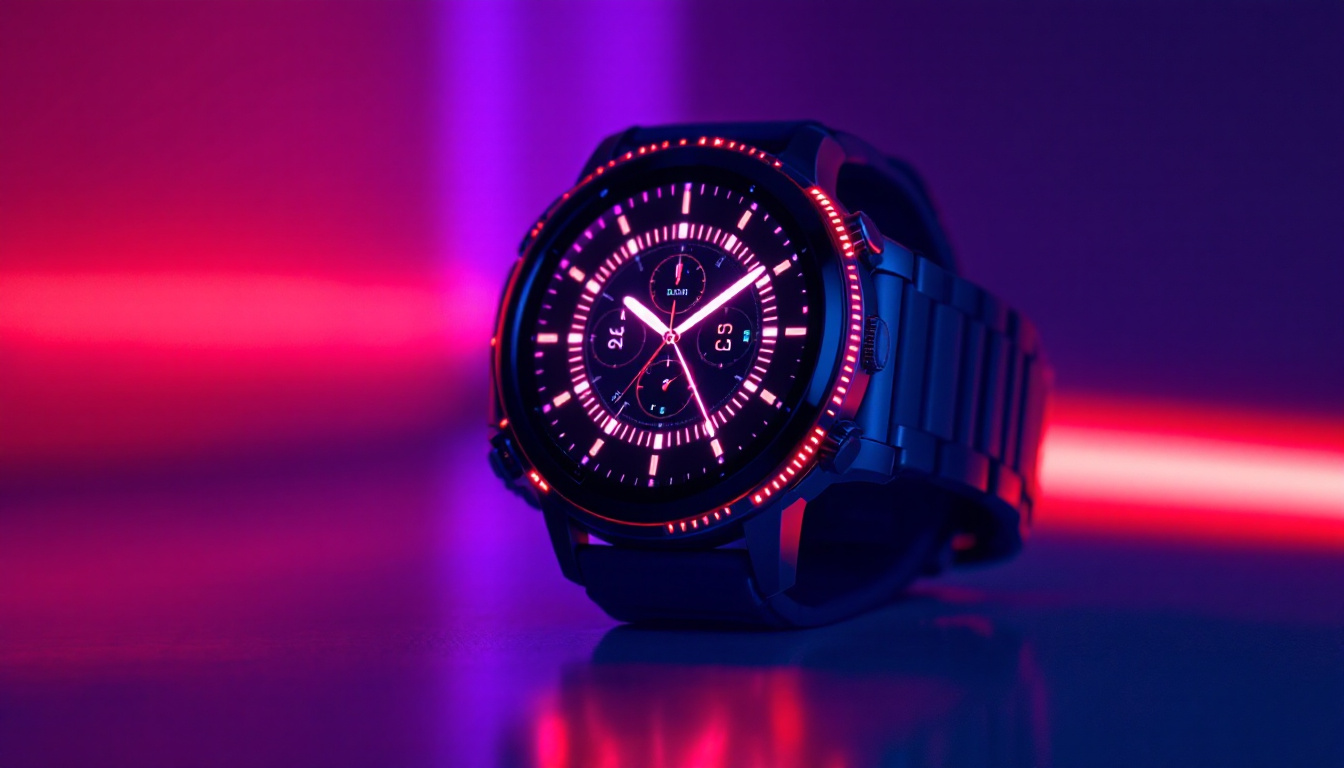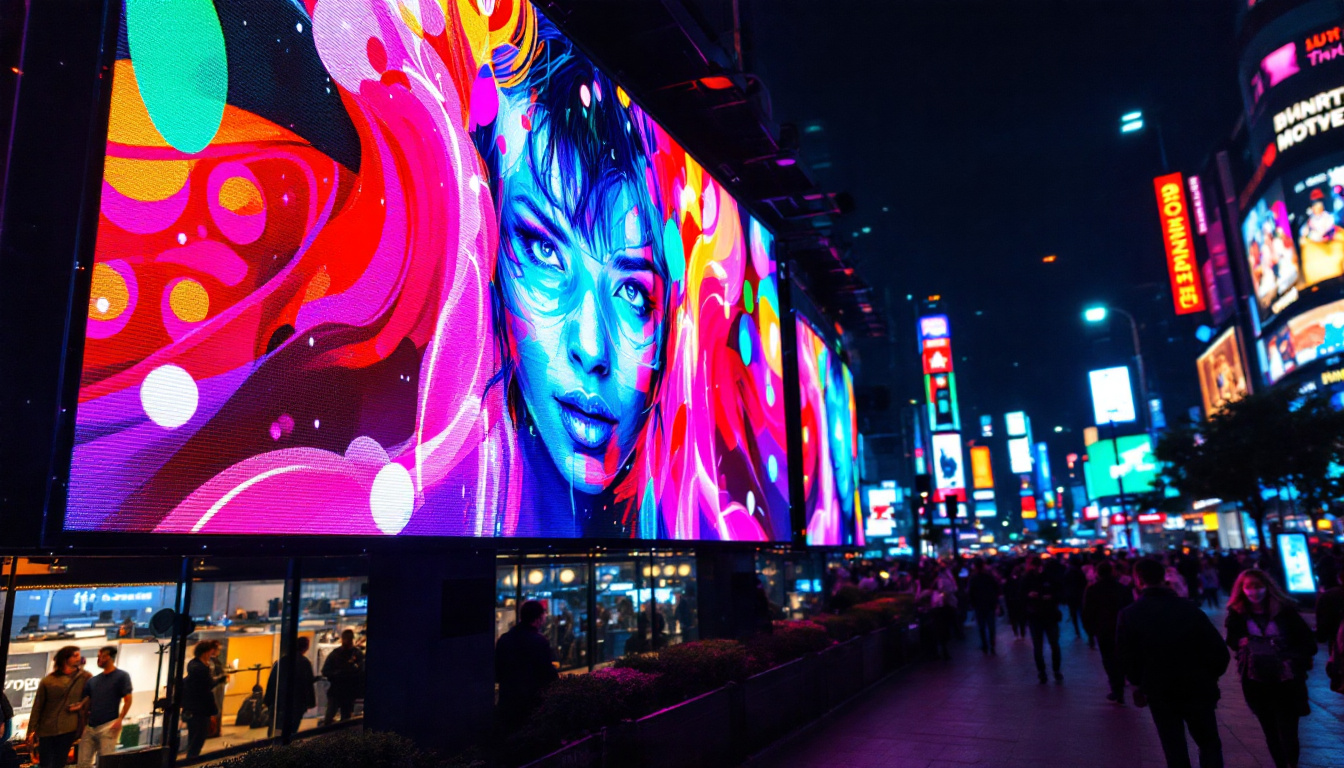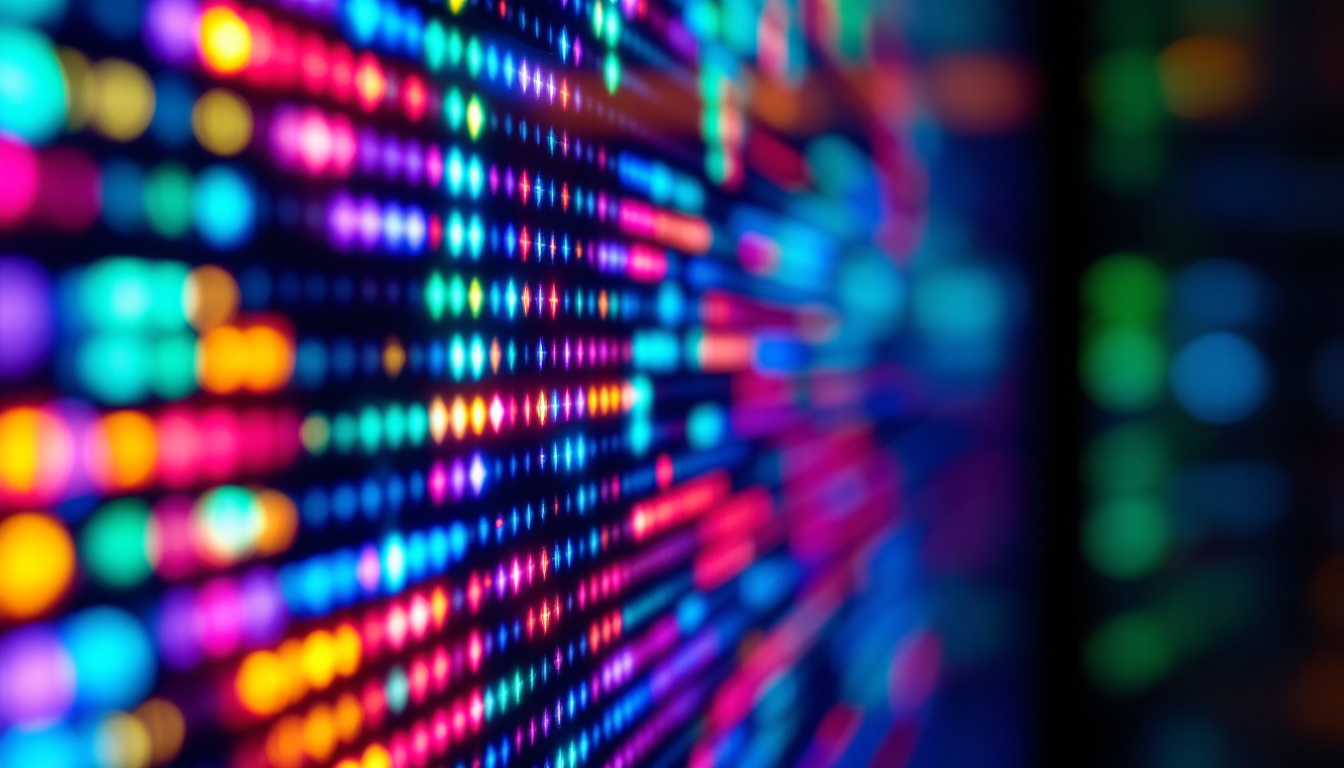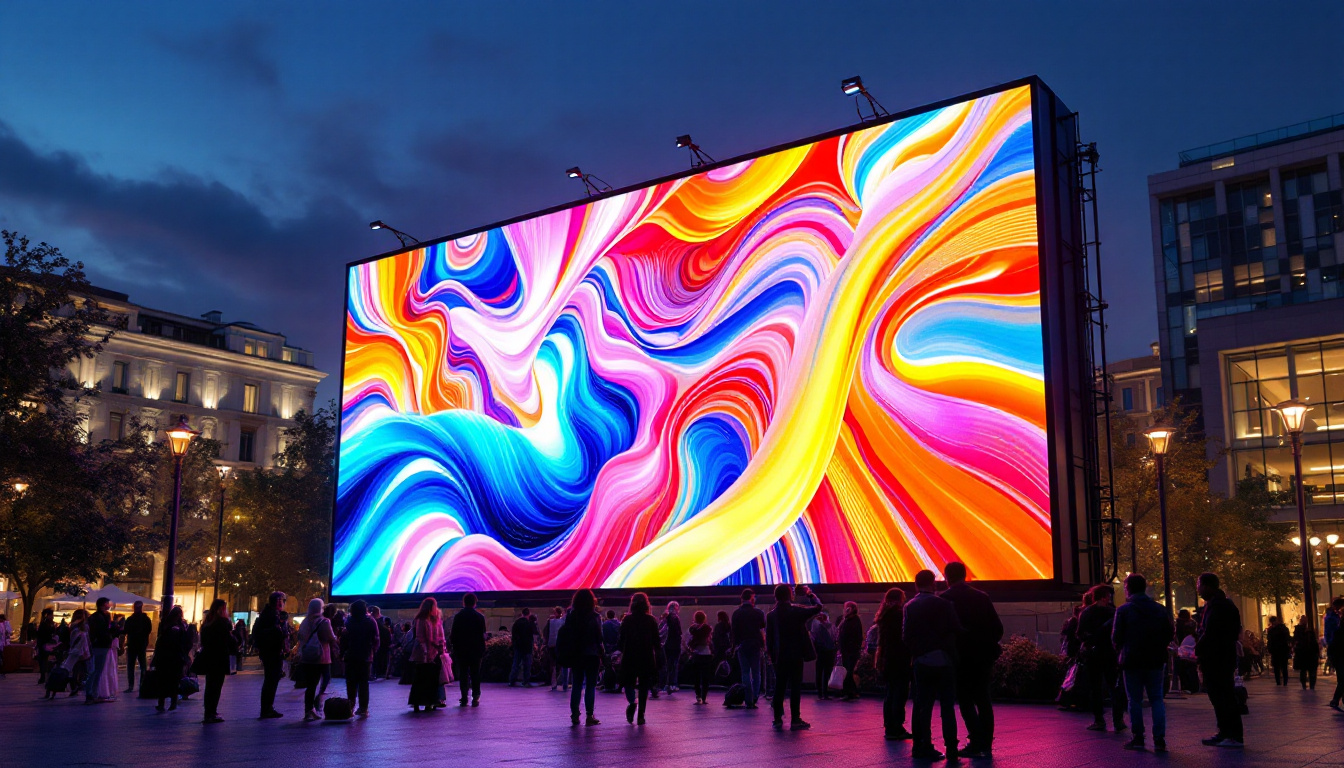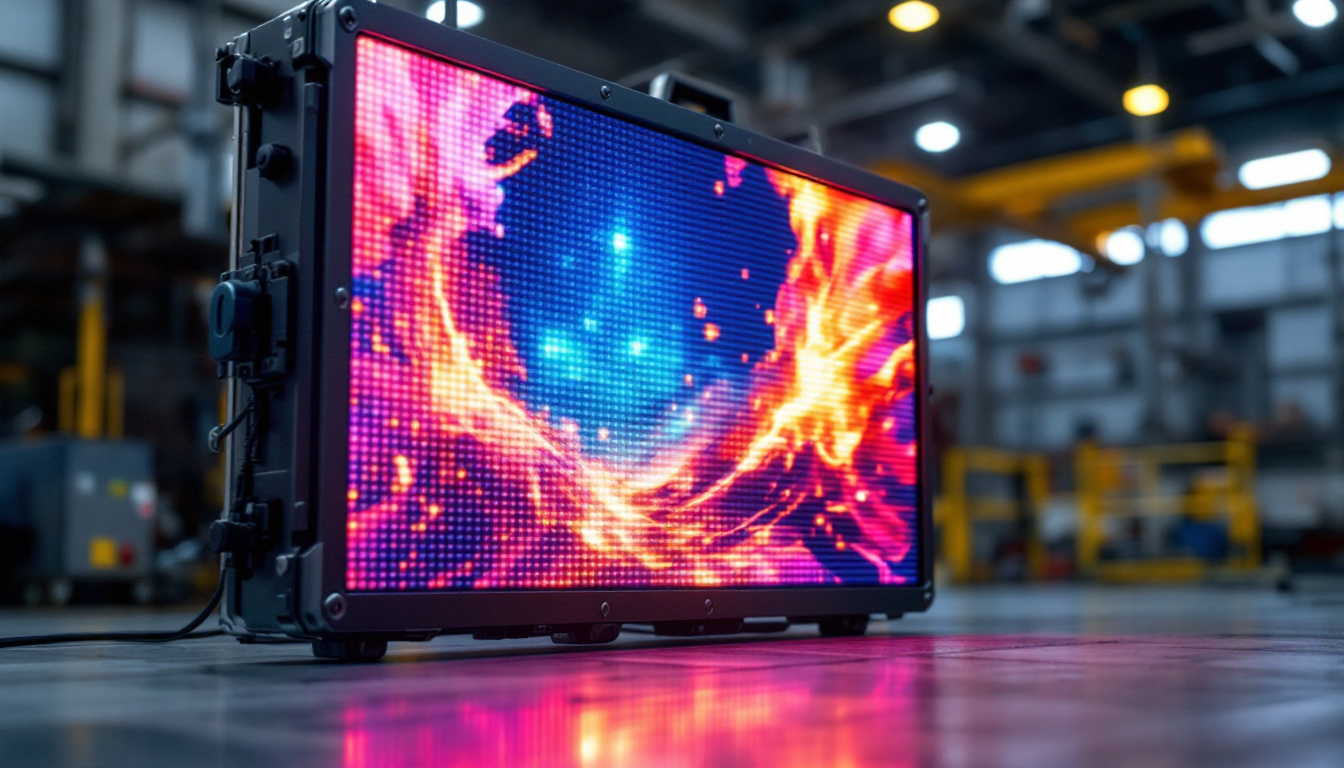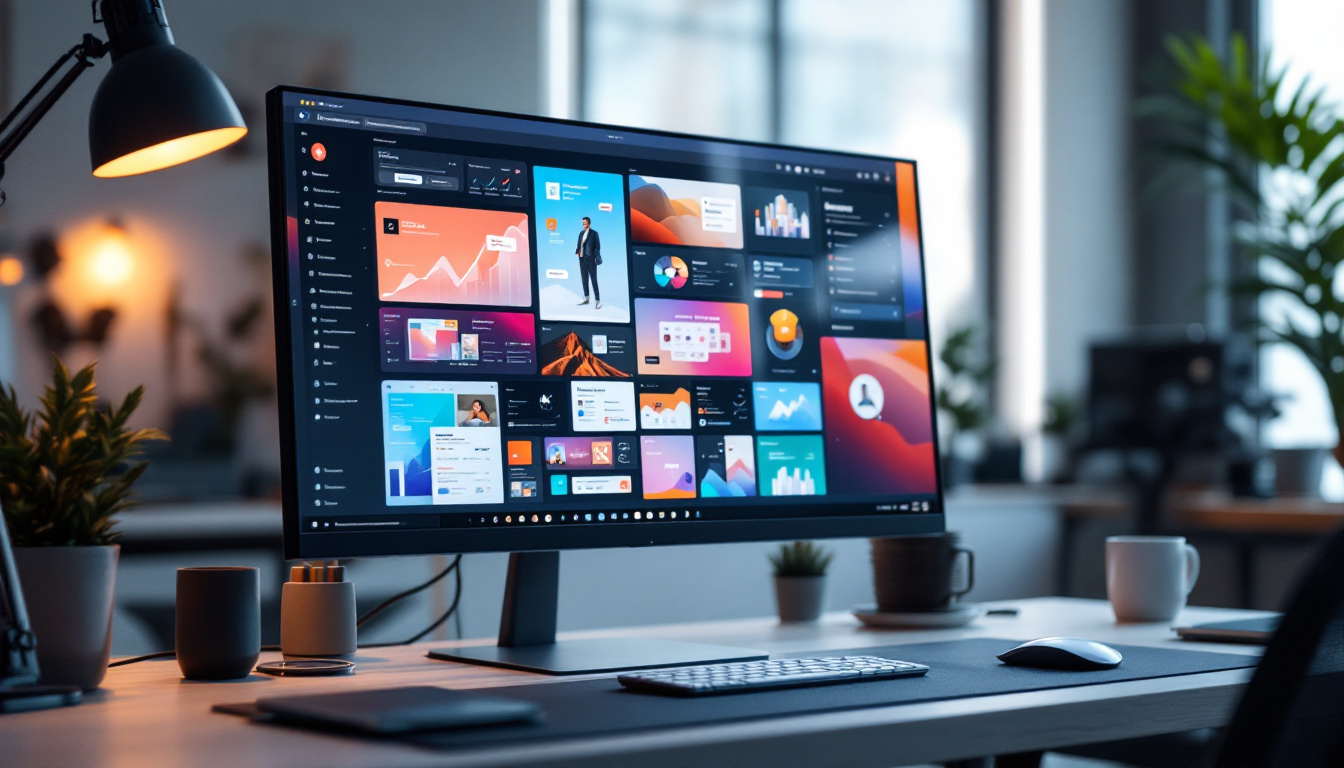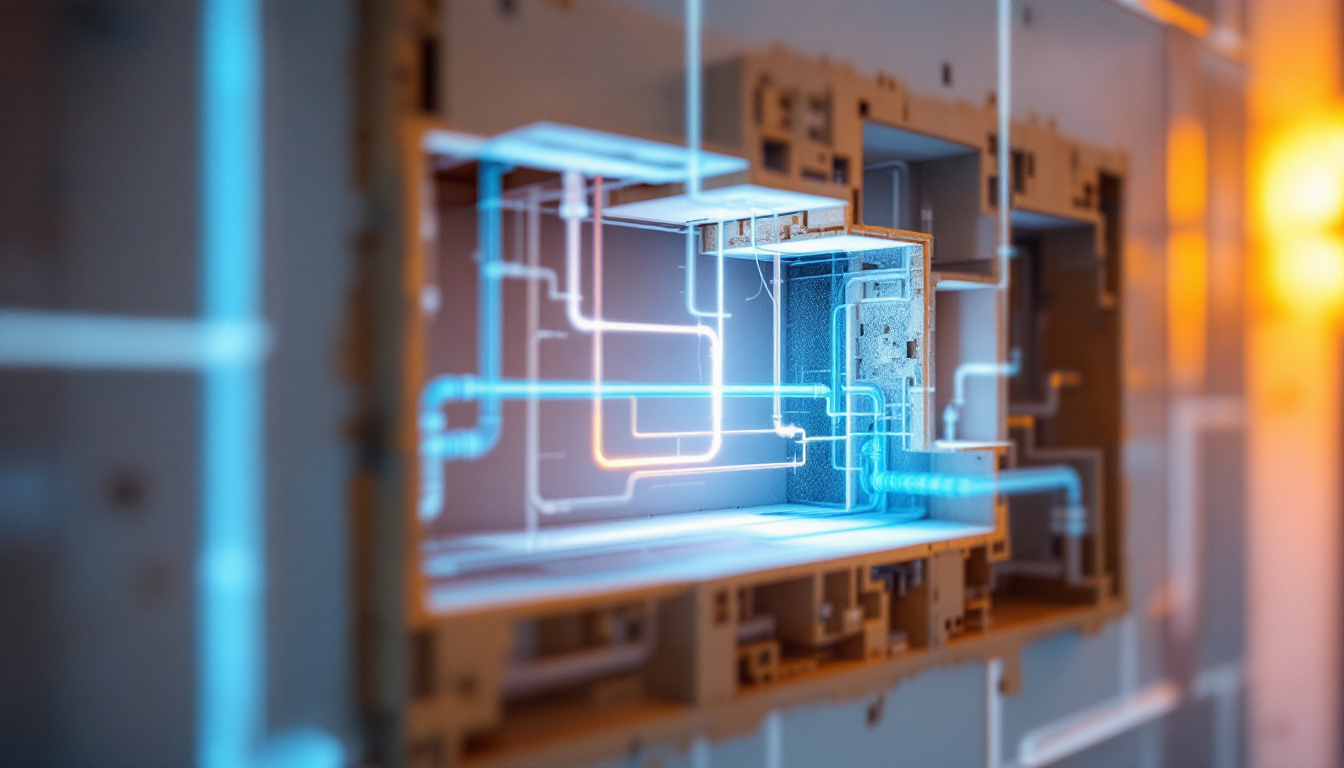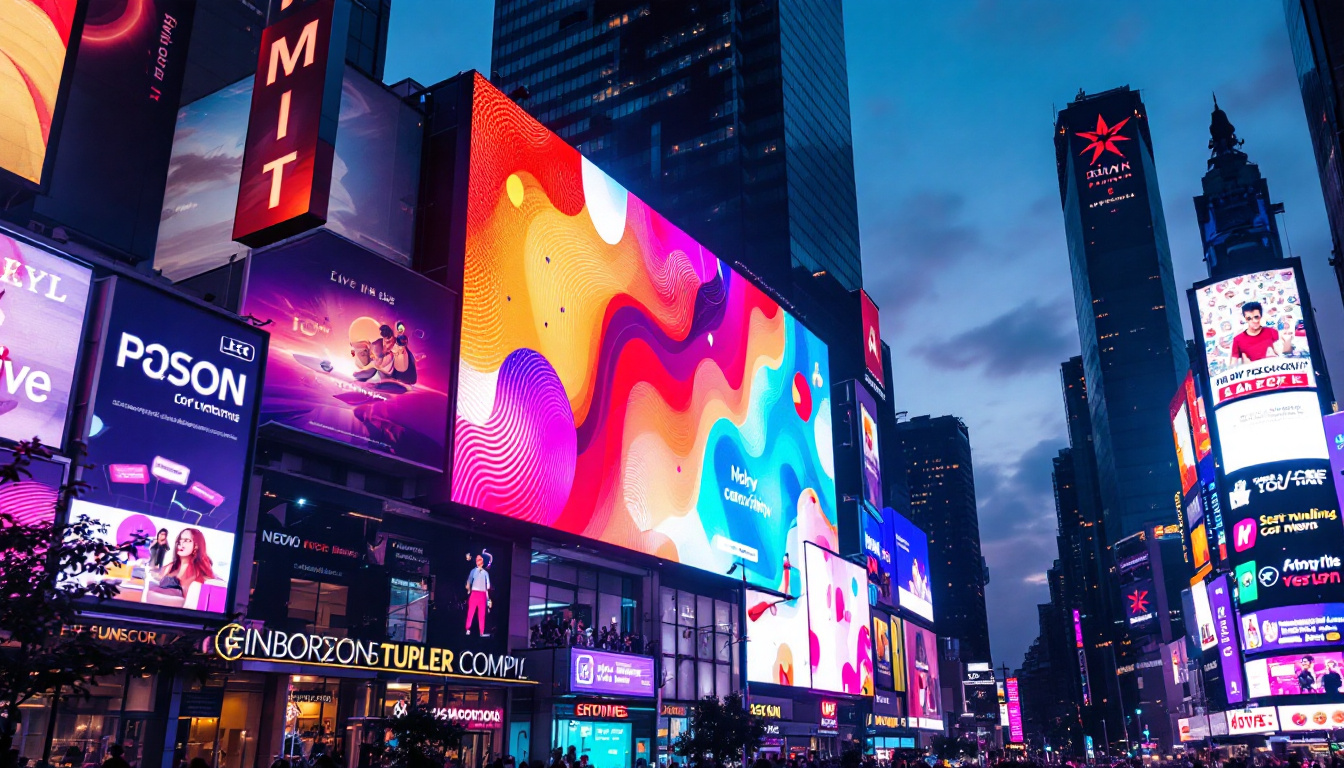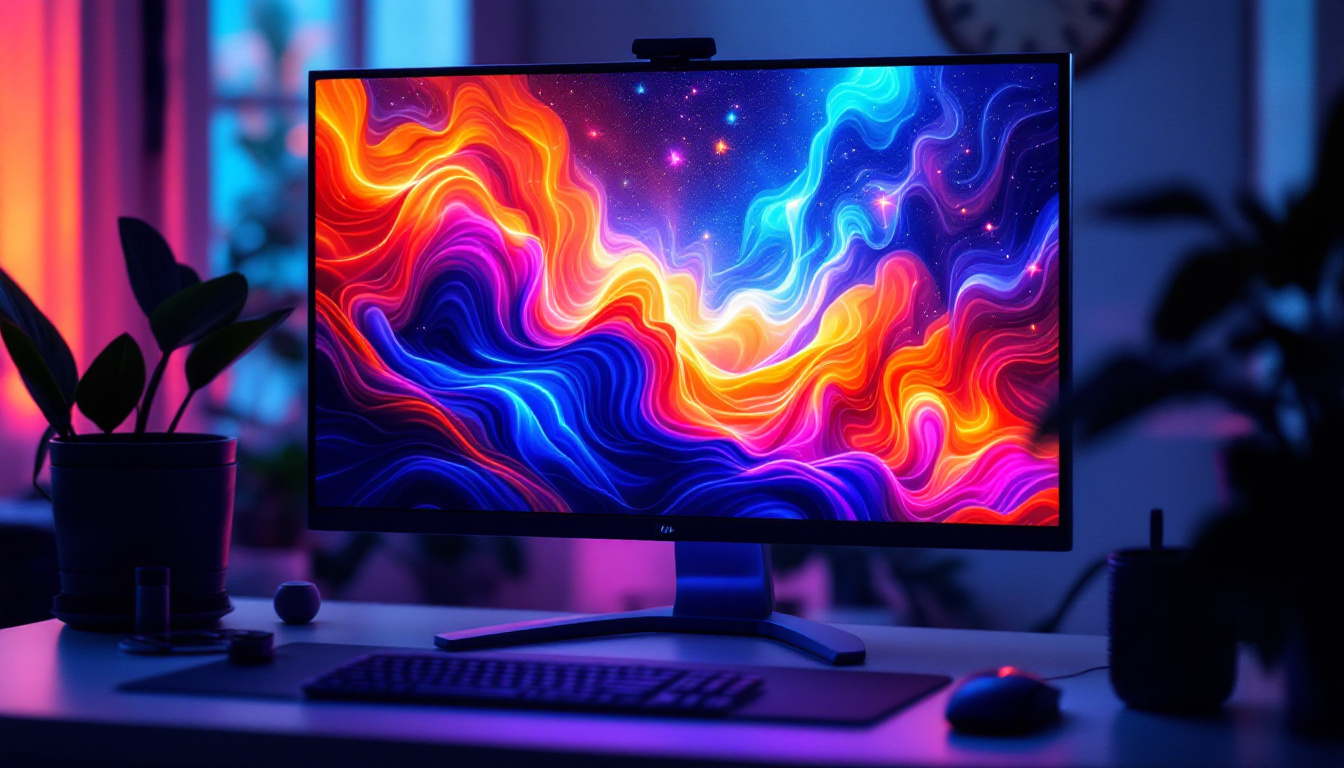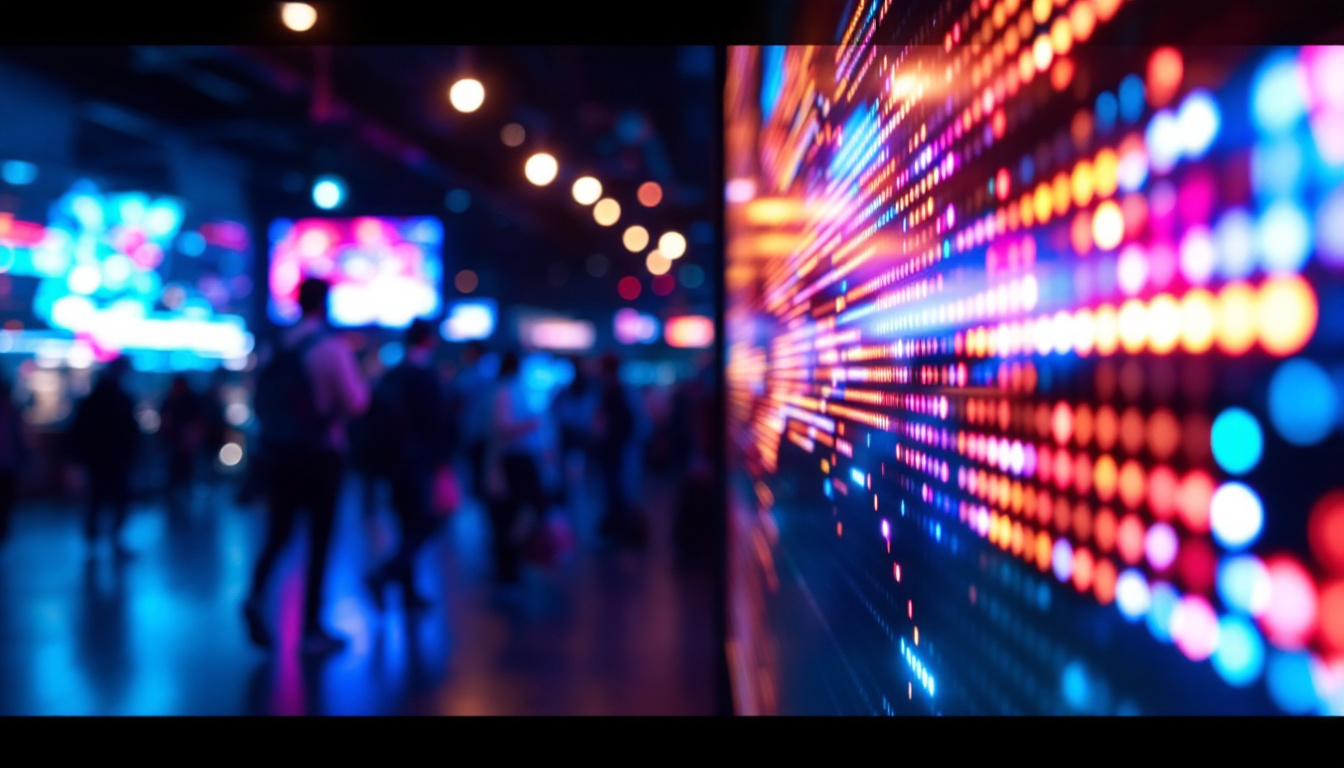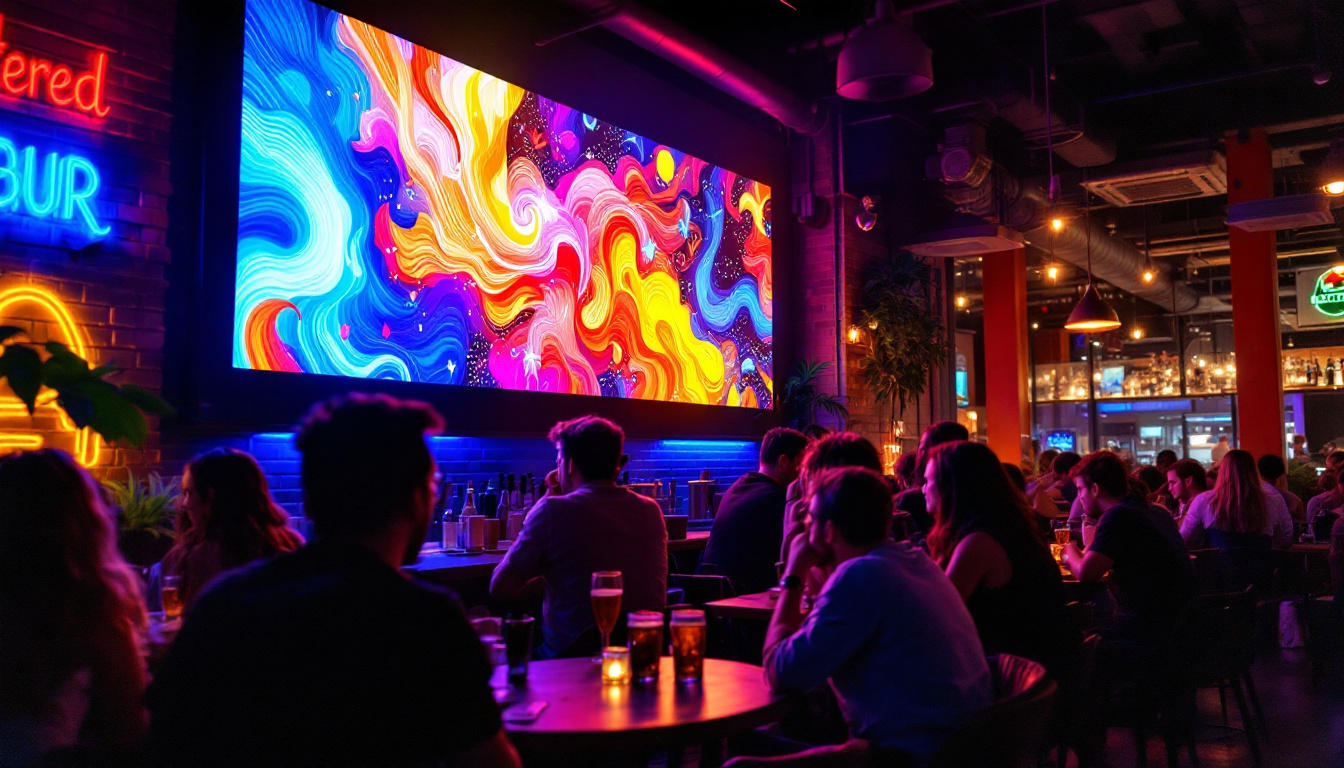In today’s digital age, the demand for dynamic and eye-catching displays has surged. As businesses and organizations seek innovative ways to communicate their messages, Programmable LED panels have emerged as a popular solution. This article delves into the intricacies of LED displays, exploring their technology, applications, and benefits.
Understanding LED Technology
Light Emitting Diodes (LEDs) are semiconductor devices that emit light when an electric current passes through them. This technology has revolutionized the display industry, offering a range of advantages over traditional lighting methods. LEDs are not only more energy-efficient but also have a longer lifespan, making them a cost-effective choice for both consumers and businesses. As the demand for sustainable and eco-friendly lighting solutions grows, LEDs have become a prominent choice in various applications, from residential lighting to large-scale commercial displays.
How LEDs Work
At the core of LED technology is the principle of electroluminescence. When electrons recombine with holes within the device, energy is released in the form of photons, producing light. The color of the emitted light depends on the materials used in the semiconductor. By combining different colors, a full spectrum of light can be achieved, allowing for vibrant displays. This versatility in color production is one of the reasons LEDs are favored in modern lighting solutions, as they can be tailored to create specific moods or enhance visual aesthetics in various settings. Furthermore, the ability to control the intensity and color of LED lights has led to innovative applications in smart home technology, where users can customize their lighting experience through mobile apps or voice commands.
Types of LED Displays
LED displays come in various forms, each suited to different applications. The most common types include:
- Indoor LED Displays: These are typically used in venues such as theaters, shopping malls, and conference rooms. They offer high resolution and brightness levels suitable for close viewing. Indoor displays often utilize advanced technologies like pixel pitch optimization to ensure that images remain sharp and clear, even at close distances.
- Outdoor LED Displays: Designed to withstand harsh weather conditions, outdoor panels are larger and brighter, making them ideal for billboards and stadiums. These displays are engineered with protective coatings and robust materials to resist moisture, UV rays, and temperature fluctuations, ensuring longevity and reliability in diverse environments.
- Flexible LED Displays: These innovative panels can be bent and shaped to fit unique spaces, providing creative display solutions for various environments. Flexible LEDs are particularly popular in artistic installations and events, where their adaptability allows for dynamic and engaging visual presentations that can transform any space into an immersive experience.
Applications of Programmable LED Panels
Programmable LED panels have found their way into numerous industries, each leveraging their capabilities to enhance communication and engagement. Here are some of the most notable applications:
Advertising and Marketing
One of the primary uses of programmable LED panels is in advertising. Businesses can display vibrant advertisements that can be easily updated to reflect current promotions or events. This flexibility allows for targeted marketing strategies that can adapt to changing consumer interests. Moreover, the dynamic nature of LED displays captures the attention of passersby far more effectively than traditional static signage. With the ability to incorporate animations and videos, brands can create immersive experiences that resonate with their audience, ultimately driving higher engagement rates and conversions.
Event Management
In the realm of event management, LED displays play a crucial role. From concerts to conferences, these panels can provide real-time information, schedules, and even live feeds. Their programmability ensures that content can be tailored to suit the specific needs of each event, enhancing the overall experience for attendees. Additionally, the use of LED panels allows for creative stage designs and backdrops, transforming ordinary venues into visually stunning environments. Event organizers can also utilize these displays for interactive elements, such as audience polls or social media feeds, fostering a sense of community and participation among attendees.
Public Information Displays
Many municipalities utilize programmable LED panels for public information displays. These panels can provide essential information such as traffic updates, weather alerts, and emergency notifications. Their visibility and adaptability make them an effective tool for keeping the public informed. Beyond basic announcements, these displays can also promote local events, public health campaigns, and community resources, thereby enhancing civic engagement. Furthermore, the integration of sensors and data analytics can allow these panels to adjust their content based on real-time traffic conditions or population density, ensuring that the information provided is both timely and relevant to the audience.
Benefits of Using Programmable LED Panels
The advantages of incorporating programmable LED panels into communication strategies are numerous. Here are some key benefits:
High Visibility and Impact
LED displays are known for their brightness and clarity, making them highly visible even in direct sunlight. This visibility ensures that messages reach a wider audience, creating a significant impact. The dynamic nature of programmable content also captures attention more effectively than static displays. With the ability to change messages in real-time, businesses can tailor their advertising to specific times of day or current events, ensuring that their content remains relevant and engaging. This adaptability not only enhances viewer engagement but also allows for creative marketing strategies that can be adjusted on the fly.
Cost-Effectiveness
While the initial investment in LED technology may be higher than traditional signage, the long-term savings are substantial. LEDs consume less energy, have a longer lifespan, and require less maintenance, making them a cost-effective solution over time. Furthermore, the ability to update content without the need for physical replacements means that businesses can save on printing and installation costs. This flexibility allows companies to experiment with different promotional strategies without incurring significant expenses, ultimately leading to a higher return on investment.
Environmental Benefits
Programmable LED panels are more environmentally friendly compared to traditional lighting solutions. They consume less power and have a lower carbon footprint. Additionally, many LED displays are made from recyclable materials, contributing to sustainability efforts. By reducing energy consumption, businesses can play a part in decreasing greenhouse gas emissions, aligning their operations with eco-conscious practices. Moreover, the longevity of LED technology means fewer displays end up in landfills, promoting a more sustainable approach to advertising and communication.
Versatility in Applications
One of the standout features of programmable LED panels is their versatility. They can be used in a variety of settings, from retail environments and sports arenas to corporate offices and public transportation hubs. This adaptability allows organizations to employ LED technology for various purposes, such as advertising, wayfinding, or even artistic displays. The ability to integrate these panels with other technologies, such as social media feeds or live data, further enhances their functionality, making them a powerful tool for engaging audiences in innovative ways.
Enhanced Customer Engagement
Programmable LED panels also foster greater customer engagement. By utilizing eye-catching animations, videos, and interactive content, businesses can create immersive experiences that draw in potential customers. For instance, in retail settings, these displays can showcase product demonstrations or promotional videos that encourage impulse buying. Additionally, the use of real-time updates, such as countdowns for sales or event announcements, can create a sense of urgency that motivates customers to act quickly. This interactive element not only enhances the shopping experience but also builds a stronger connection between the brand and its audience.
Choosing the Right Programmable LED Panel
Selecting the appropriate programmable LED panel requires careful consideration of various factors. Understanding these aspects can help ensure that the chosen display meets specific needs and requirements.
Resolution and Pixel Pitch
Resolution is a crucial factor in determining the quality of an LED display. Pixel pitch, which refers to the distance between the center of one pixel to the center of the next, plays a significant role in this. A smaller pixel pitch results in higher resolution, making it suitable for close viewing applications. Conversely, a larger pixel pitch may suffice for displays viewed from a distance.
Size and Configuration
The size of the LED panel should align with the intended application. Larger displays are ideal for outdoor advertising, while smaller panels may be more appropriate for indoor settings. Additionally, the configuration of the panels—whether they are modular or fixed—can influence installation and versatility.
Control Systems
Programmable LED panels require control systems to manage content. These systems can range from simple remote controls to sophisticated software that allows for real-time updates and scheduling. Choosing a user-friendly control system is essential for maximizing the display’s potential.
Installation and Maintenance
Proper installation and maintenance of programmable LED panels are vital for optimal performance. Understanding these processes can help ensure longevity and reliability.
Installation Considerations
When installing LED displays, several factors must be considered, including location, mounting options, and electrical requirements. Professional installation is often recommended to ensure that the panels are securely mounted and properly connected to power sources.
Regular Maintenance
Regular maintenance helps prolong the life of LED displays. This includes cleaning the panels, checking electrical connections, and updating software. Many manufacturers provide guidelines for maintenance, and adhering to these can prevent potential issues.
Future Trends in LED Display Technology
The LED display industry is constantly evolving, with new technologies and trends emerging regularly. Staying informed about these developments can help businesses and organizations leverage the latest advancements.
Smart Technology Integration
As smart technology continues to permeate various sectors, LED displays are also becoming smarter. Integration with IoT (Internet of Things) devices allows for enhanced interactivity and real-time data display. This trend is likely to grow, enabling more personalized and engaging experiences for viewers.
Improved Energy Efficiency
Advancements in LED technology are leading to even greater energy efficiency. Future displays are expected to consume less power while maintaining or improving brightness and quality. This not only benefits the environment but also reduces operational costs for businesses.
Augmented and Virtual Reality Integration
As augmented and virtual reality technologies continue to develop, the potential for integrating these with LED displays is significant. This could lead to immersive experiences that blend digital content with the physical world, opening up new avenues for marketing, entertainment, and education.
Conclusion
Programmable LED panels represent a significant advancement in display technology, offering versatility, high visibility, and cost-effectiveness. As businesses and organizations continue to seek innovative ways to engage their audiences, the role of LED displays will undoubtedly grow. Understanding the technology, applications, and future trends will empower users to make informed decisions and maximize the benefits of this dynamic medium.
In a world where communication is key, programmable LED panels provide an effective solution for capturing attention and conveying messages. As technology continues to evolve, the possibilities for LED displays are limitless, paving the way for a brighter, more engaging future.
Discover LumenMatrix’s Innovative LED Solutions
Ready to elevate your visual communication and create unforgettable experiences? LumenMatrix is at the forefront of LED display technology, offering a wide array of solutions including Indoor and Outdoor LED Wall Displays, Vehicle LED Displays, LED Poster Displays, and more. Embrace the future of dynamic, high-impact messaging with our cutting-edge LED display modules. Check out LumenMatrix LED Display Solutions today and transform how you connect with your audience.

